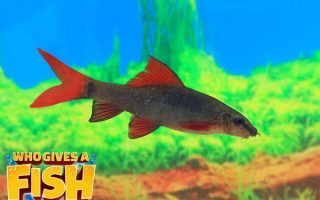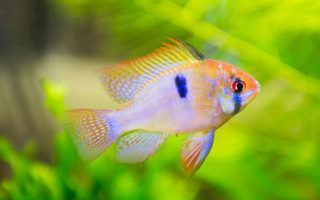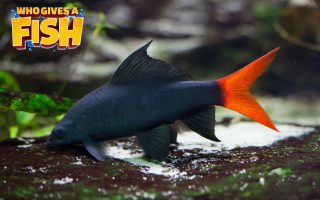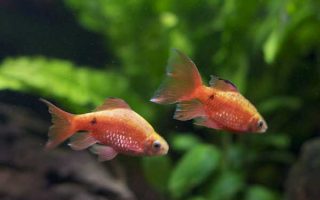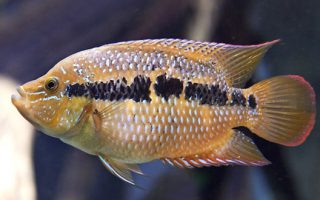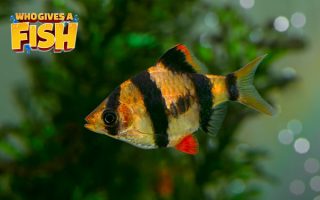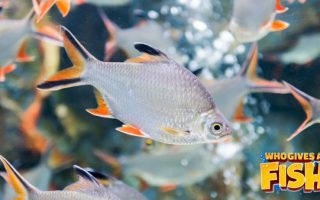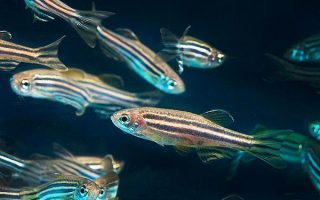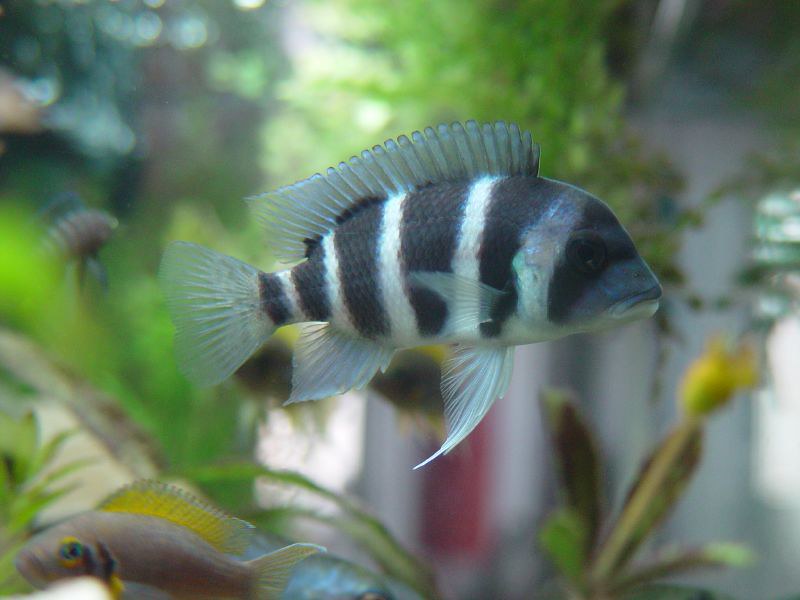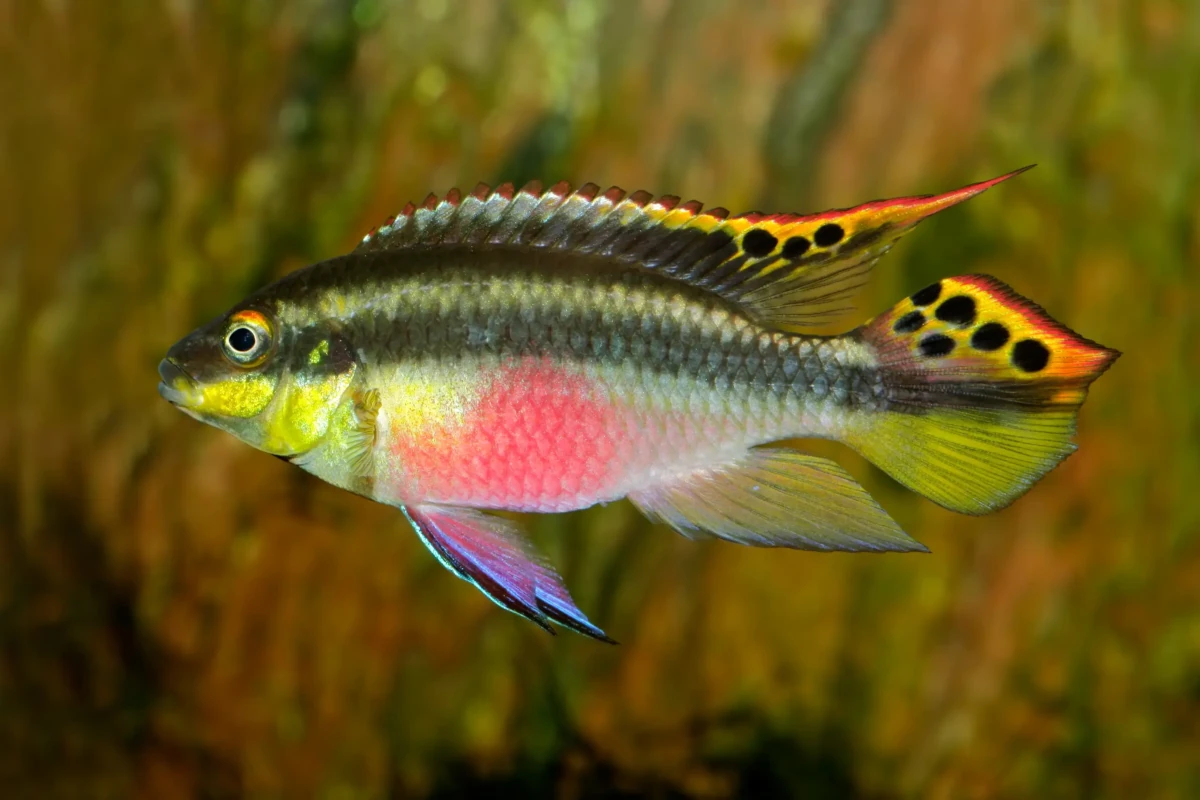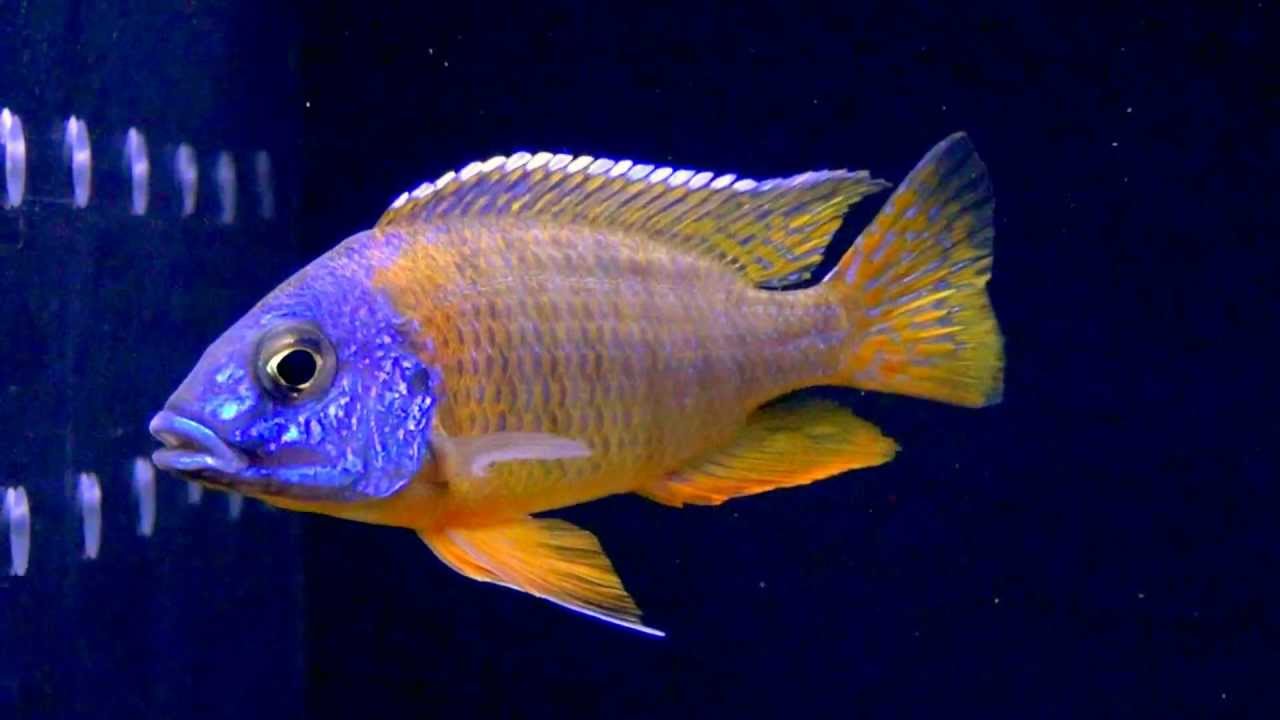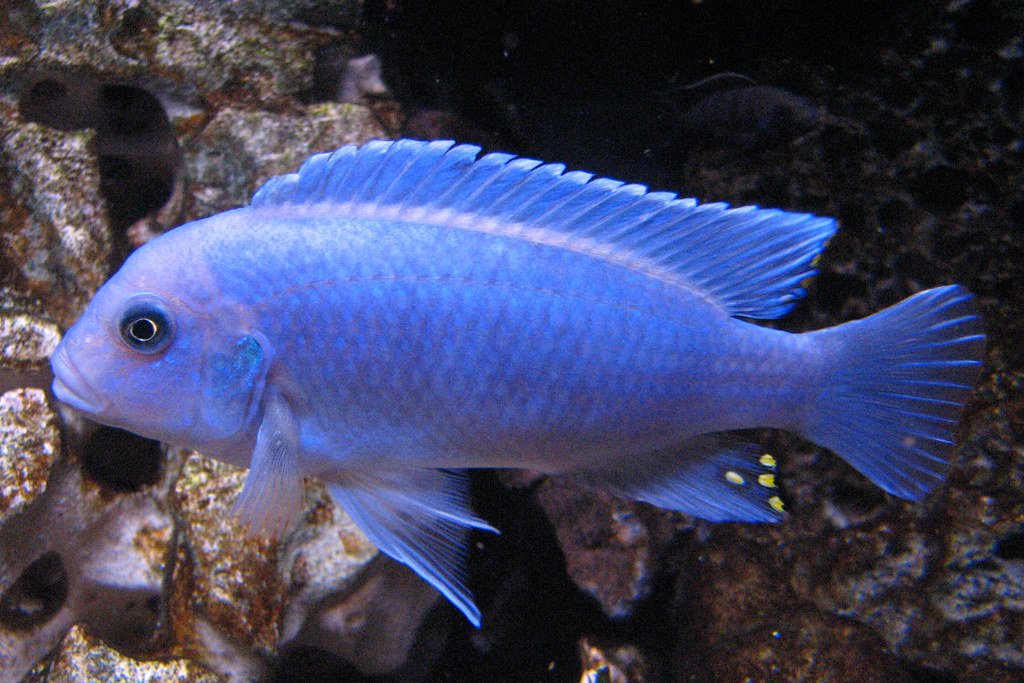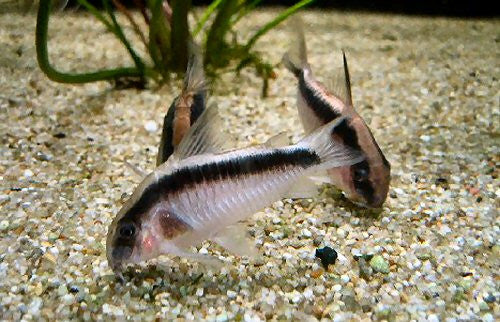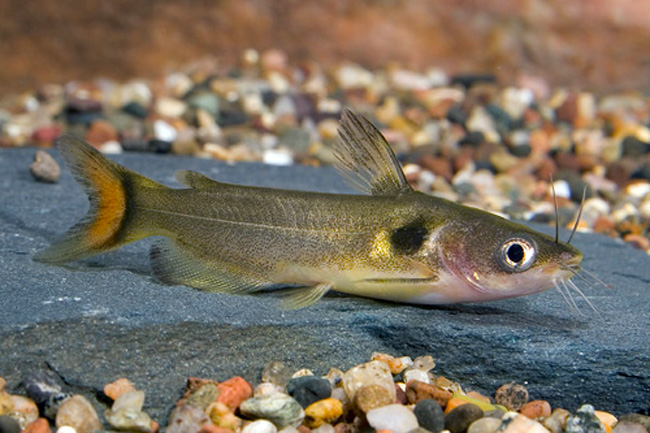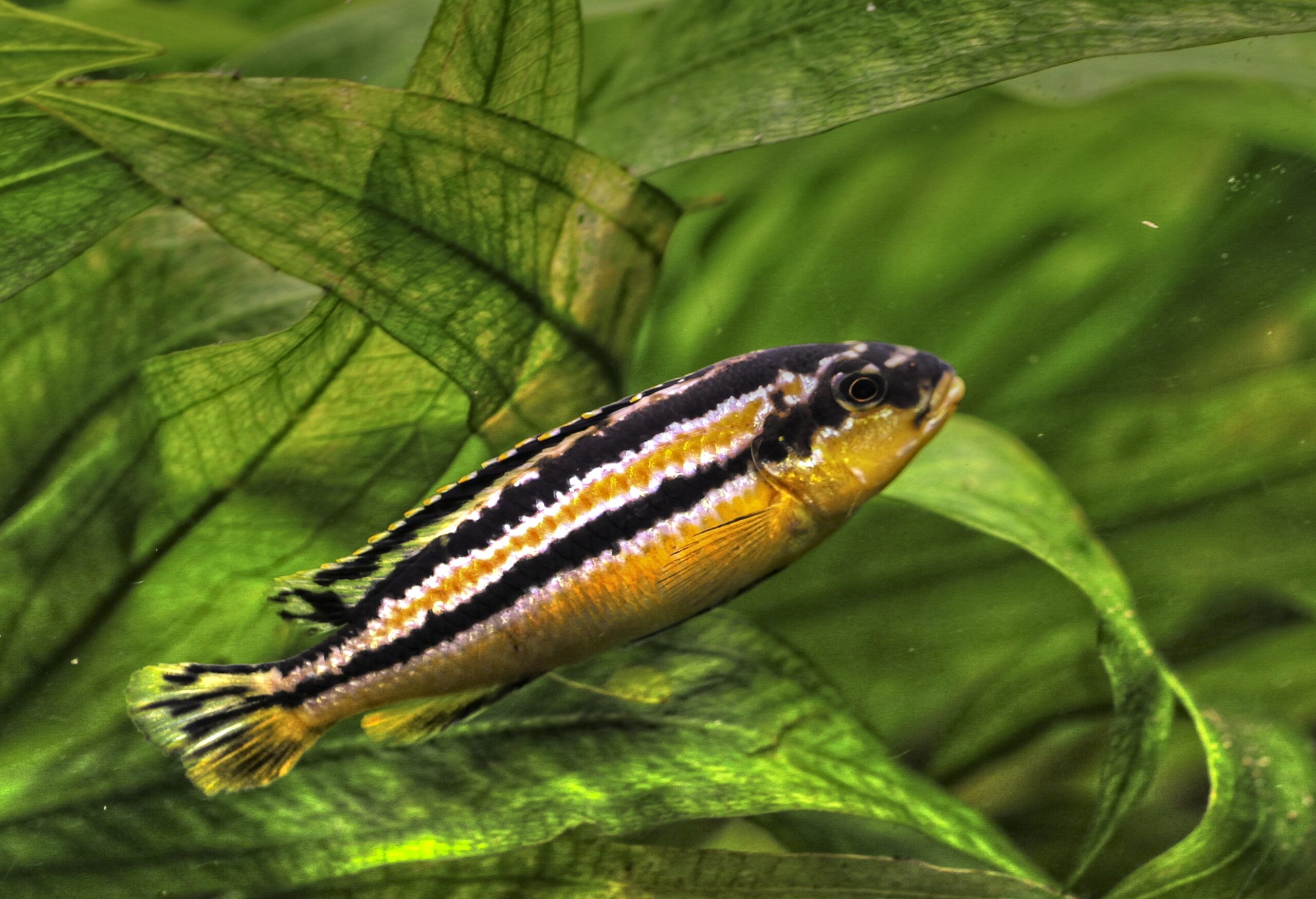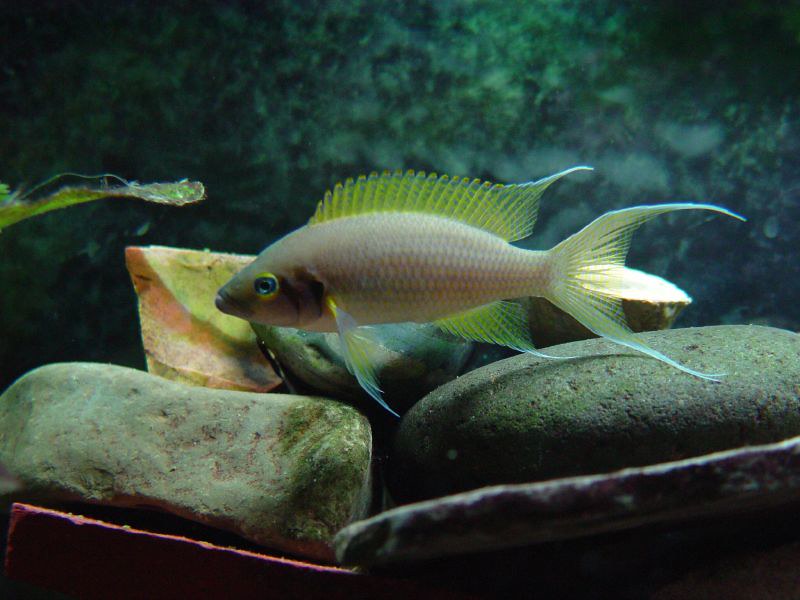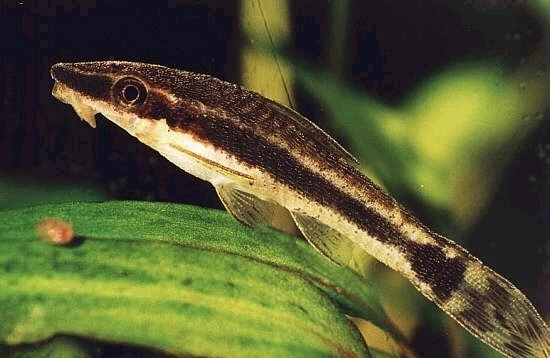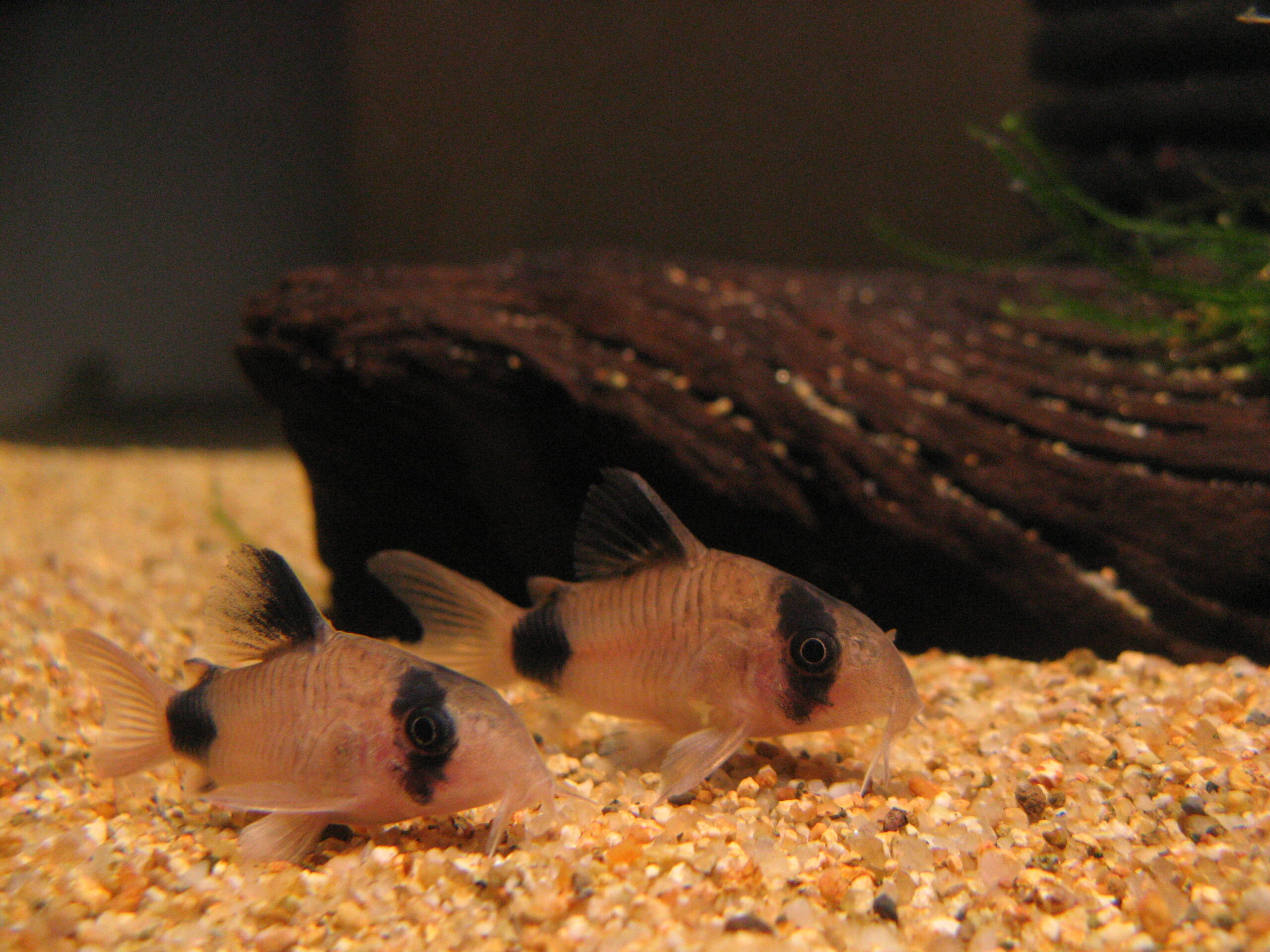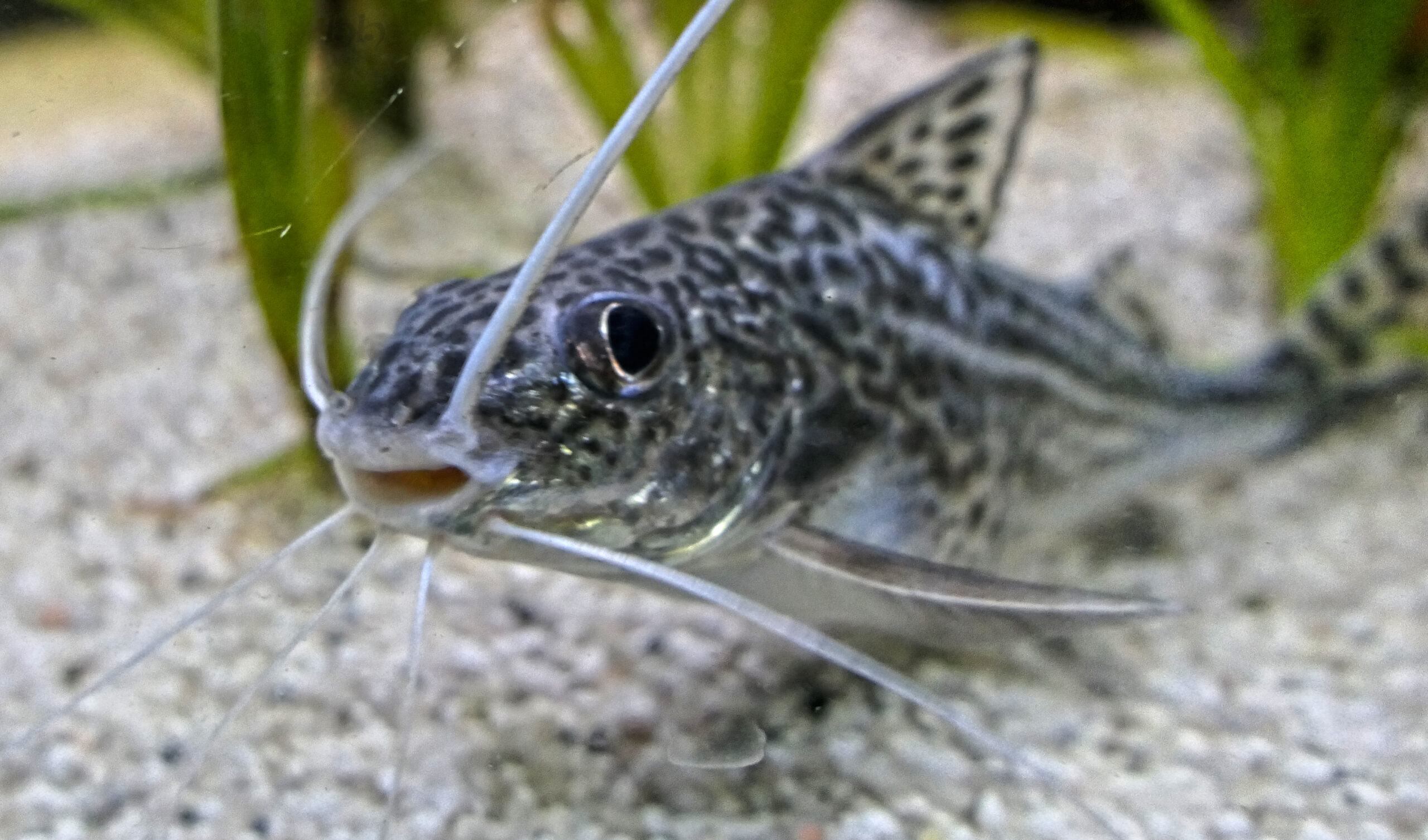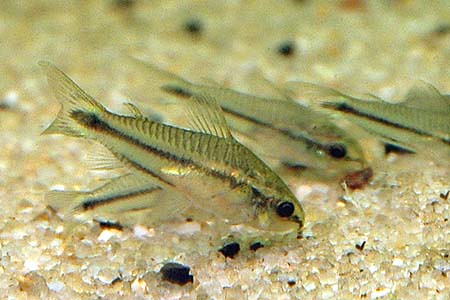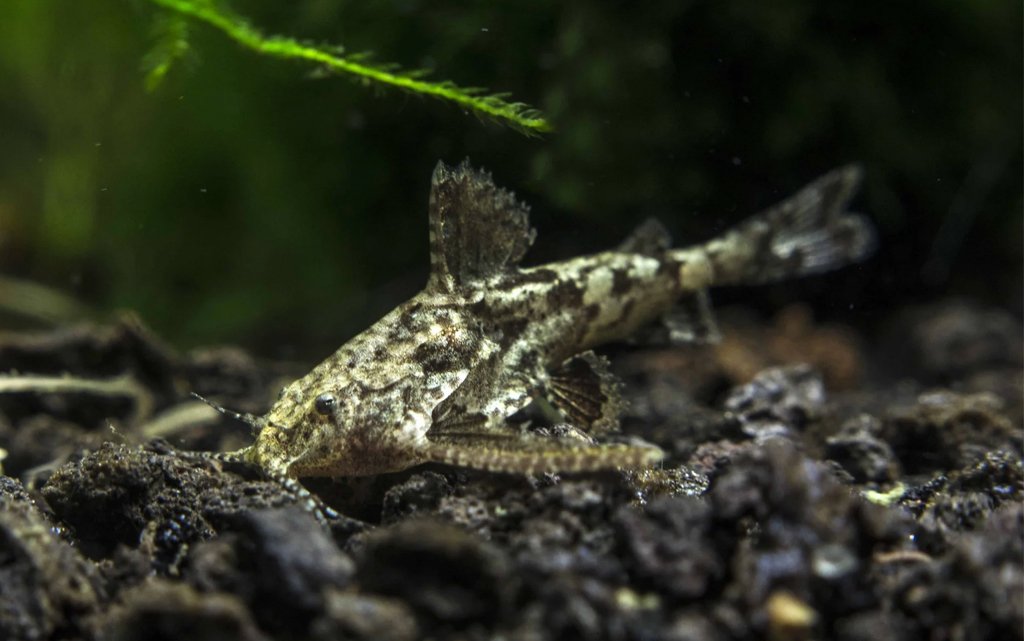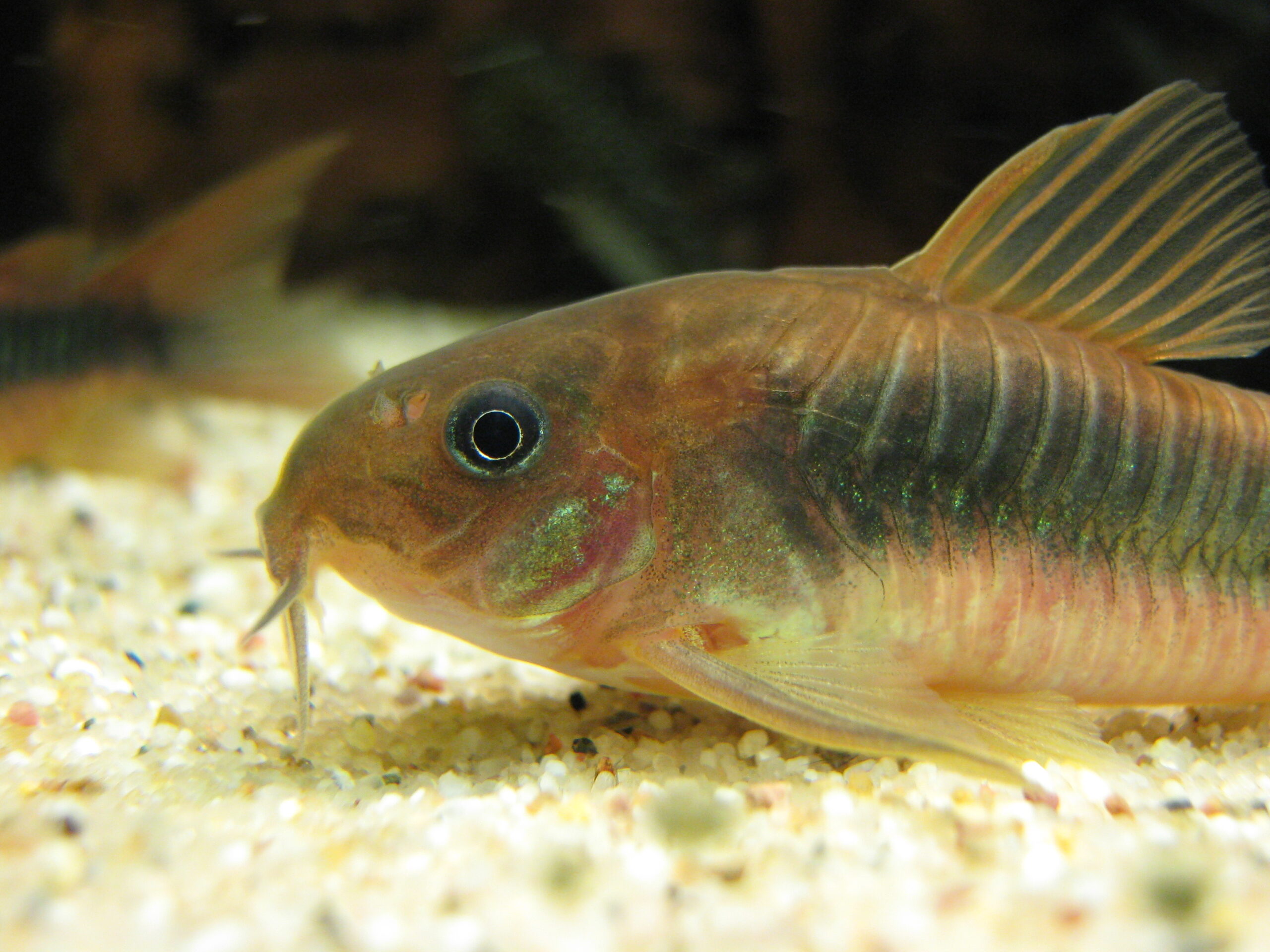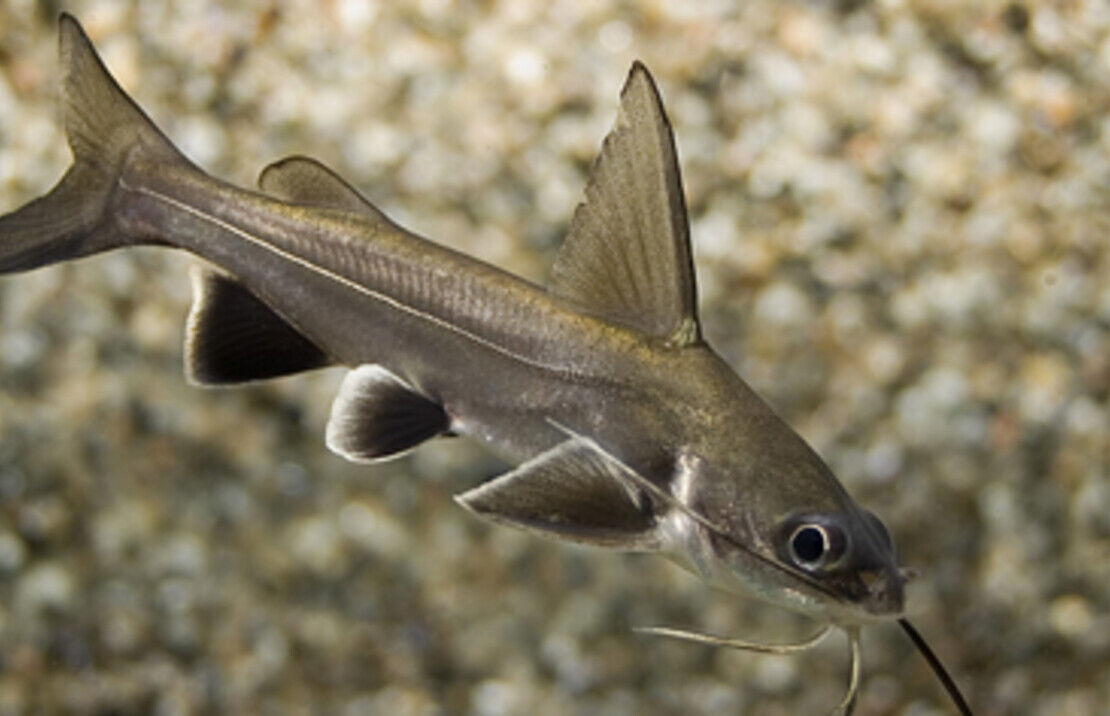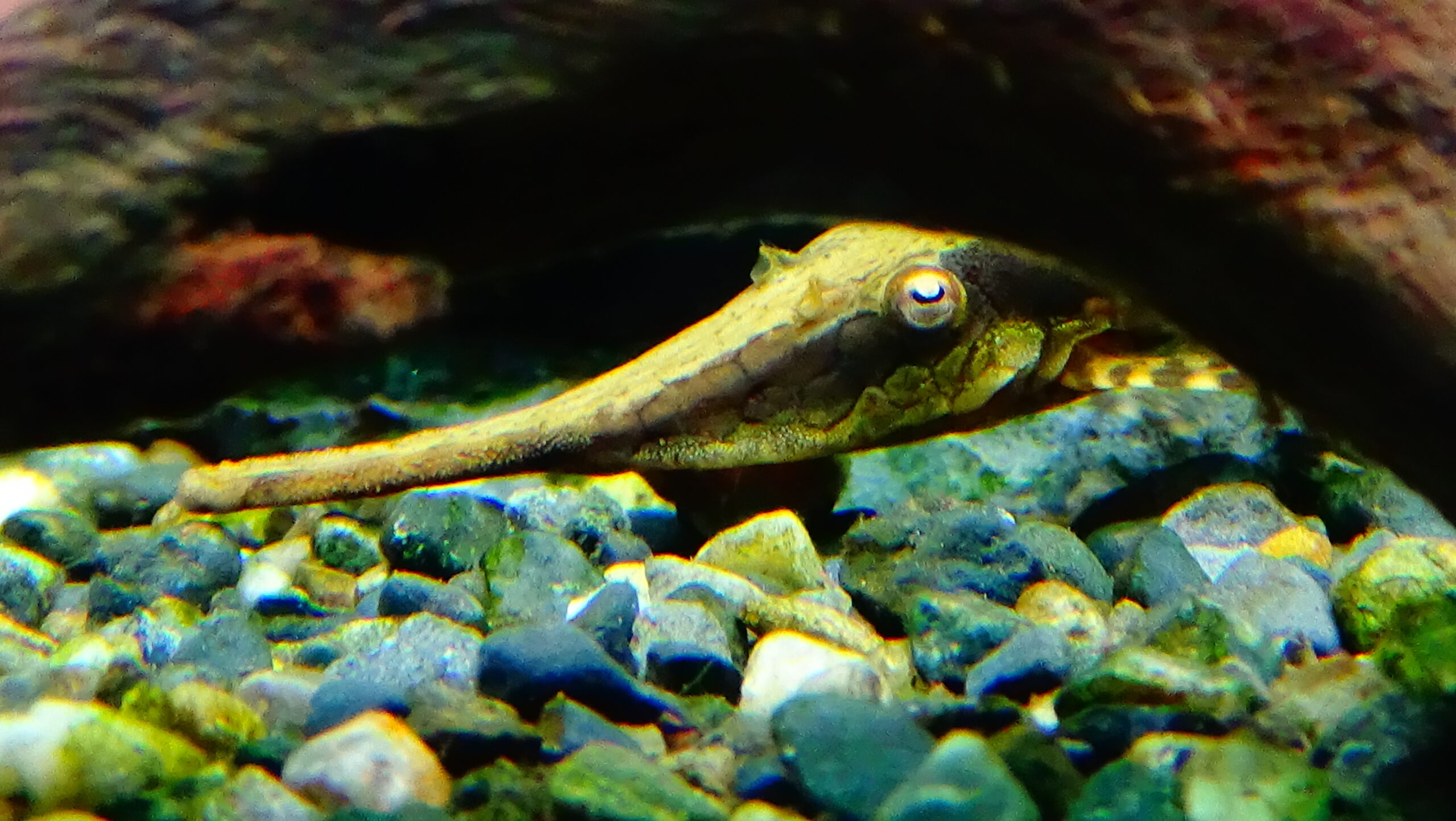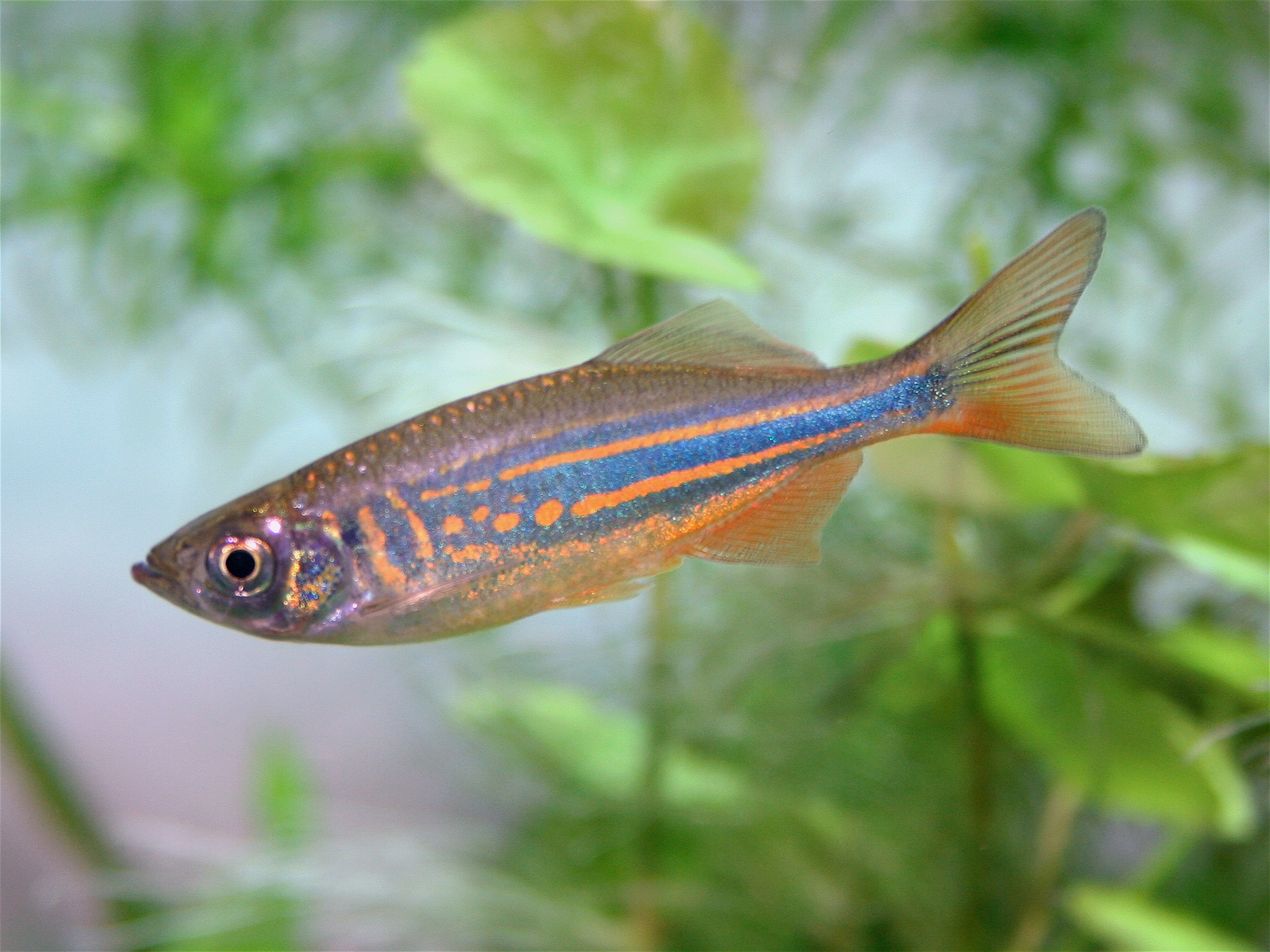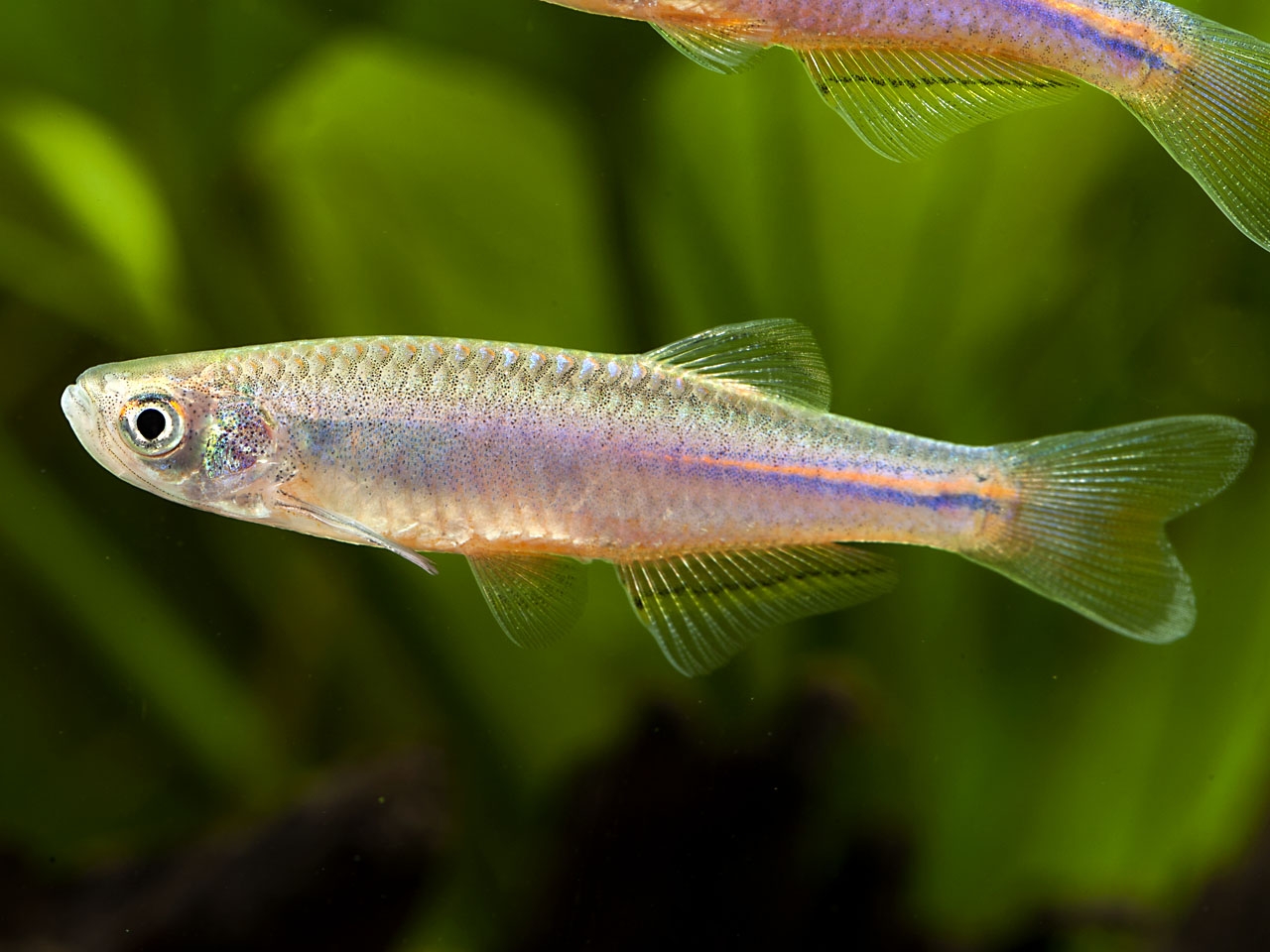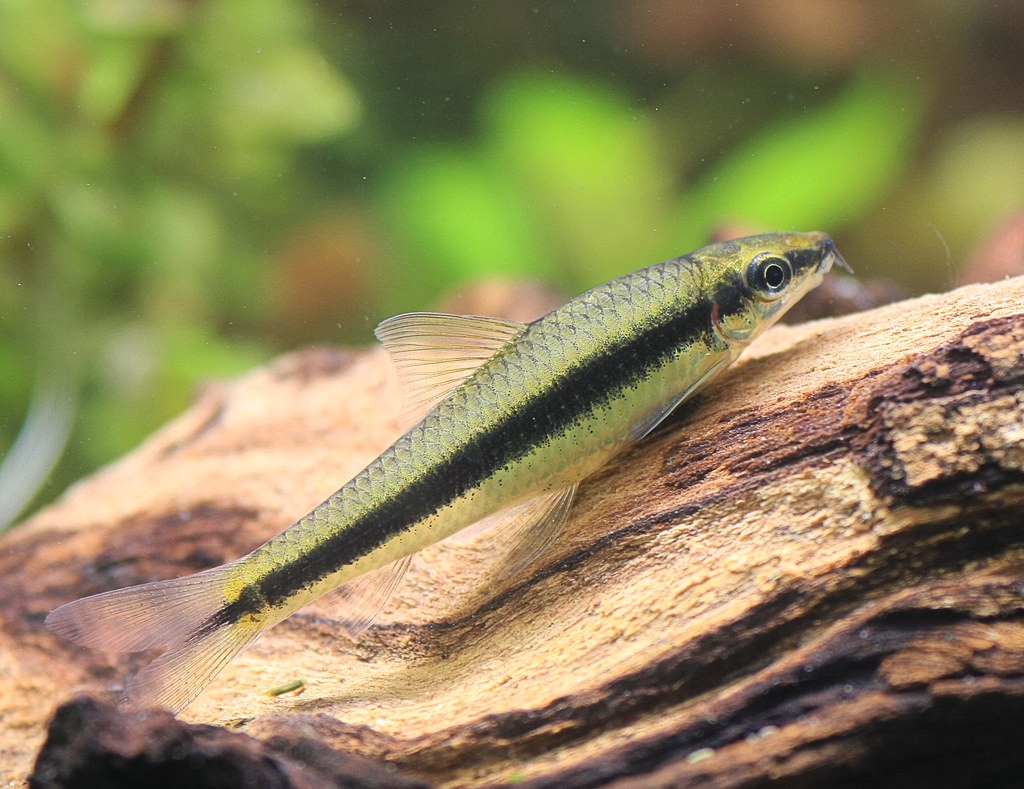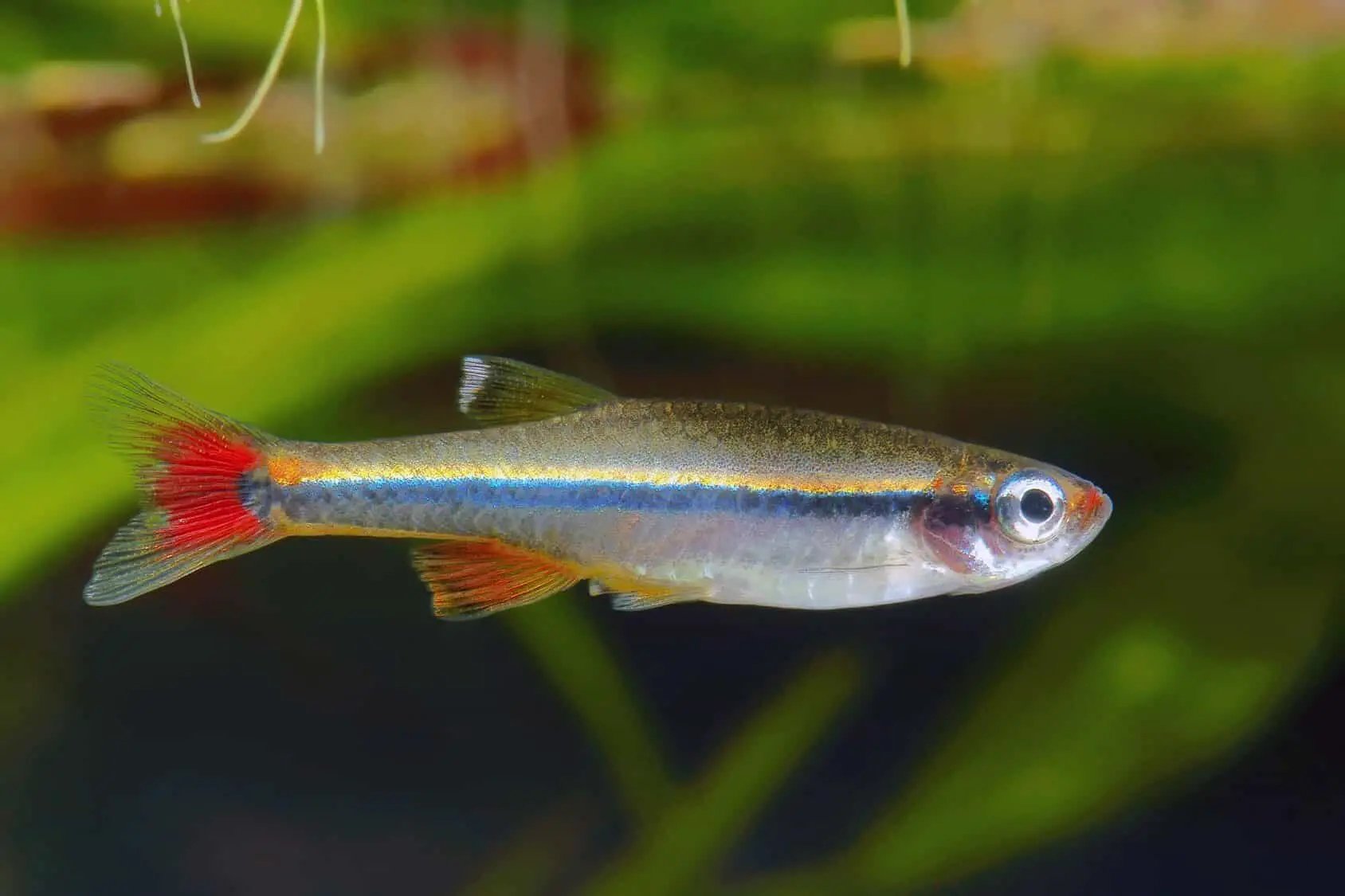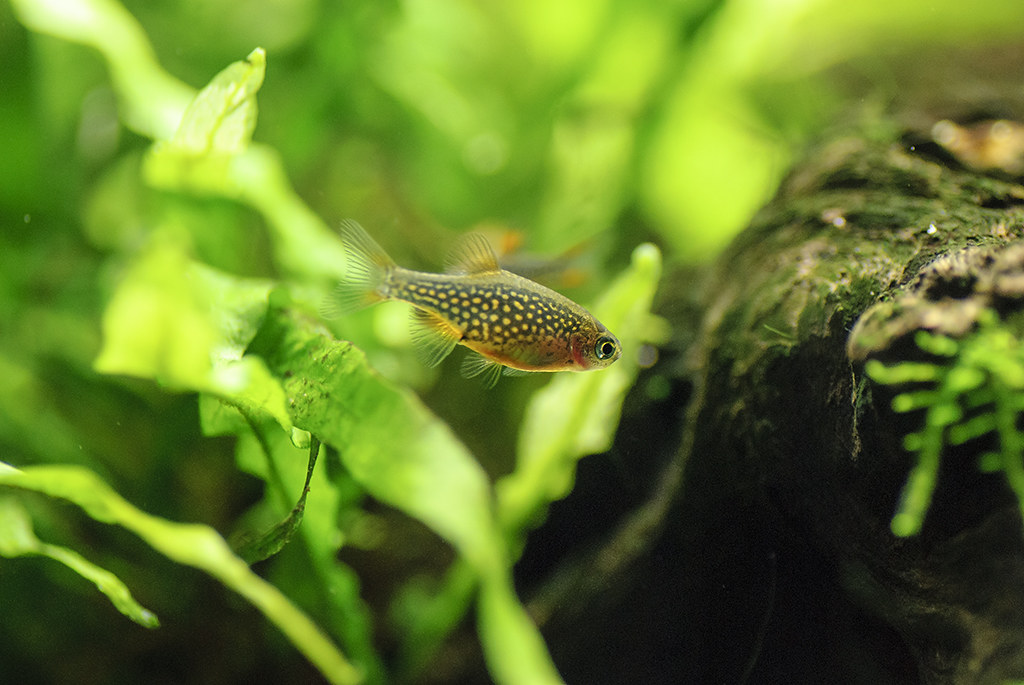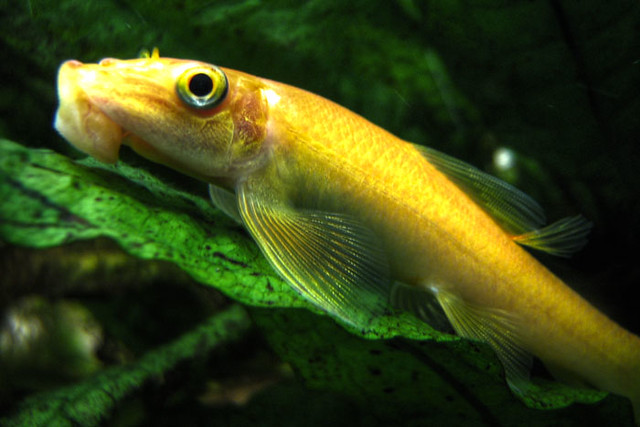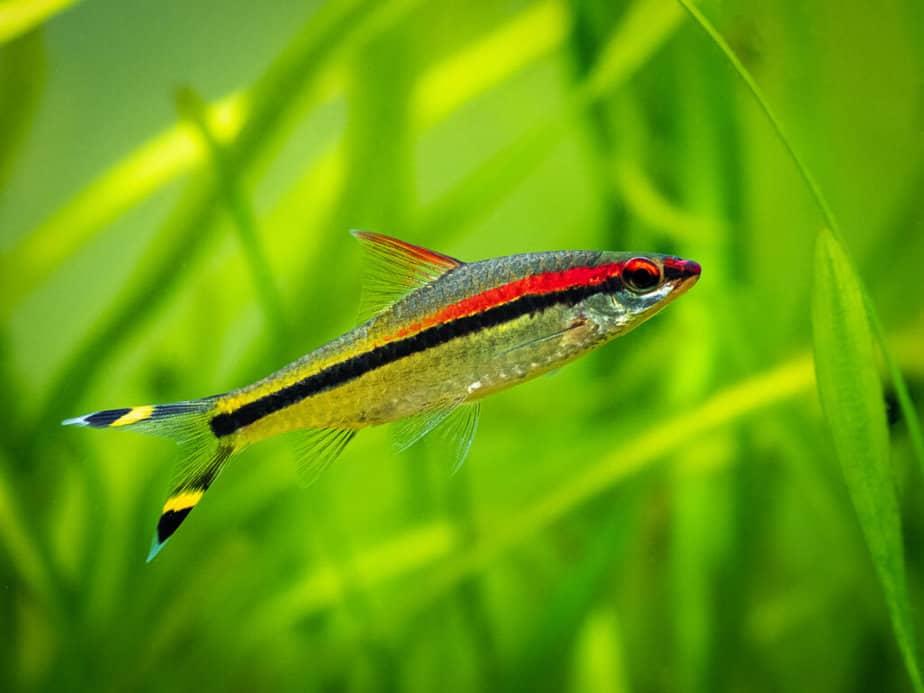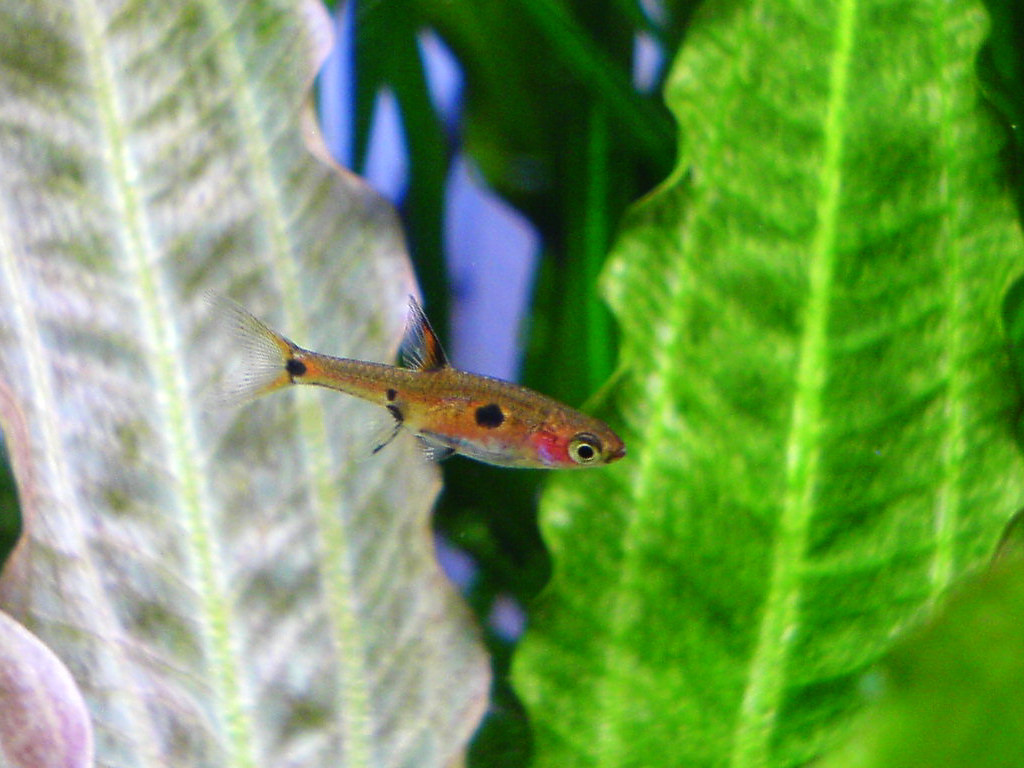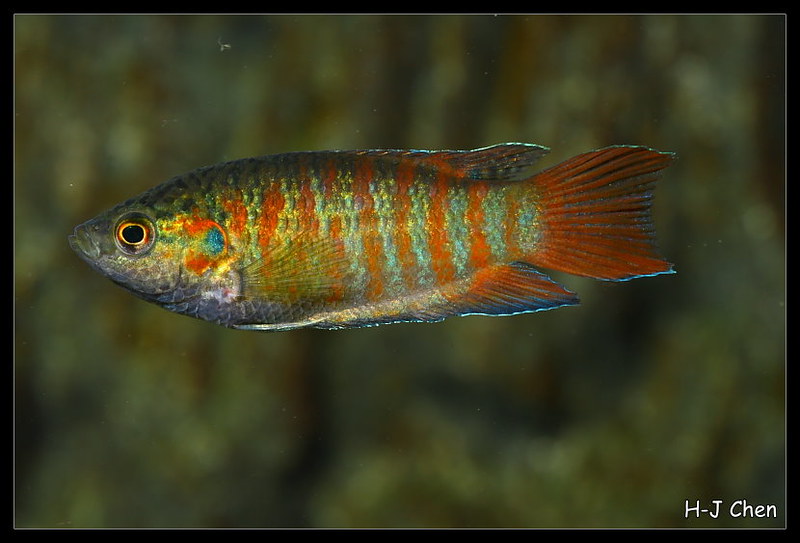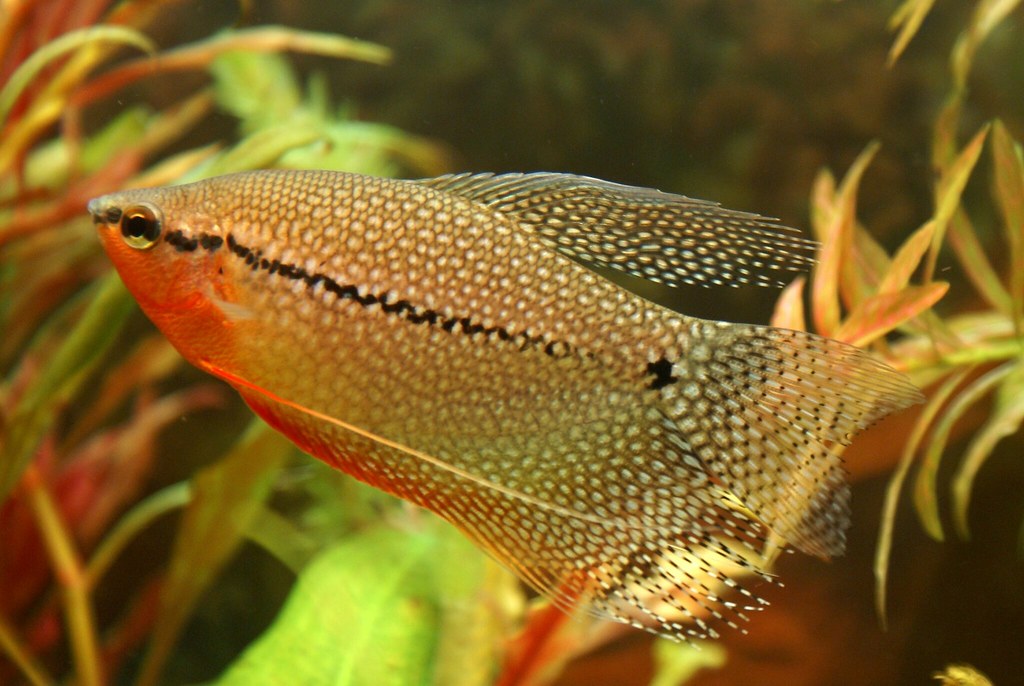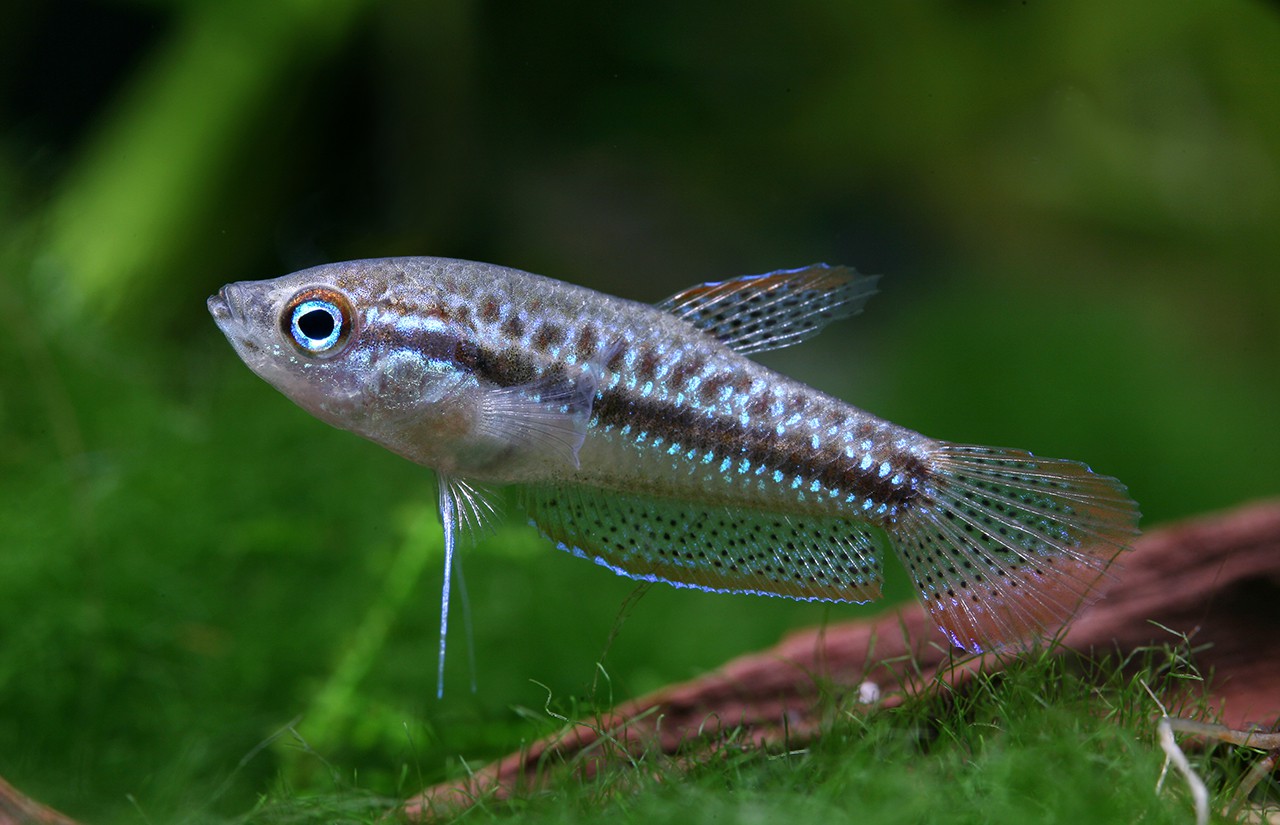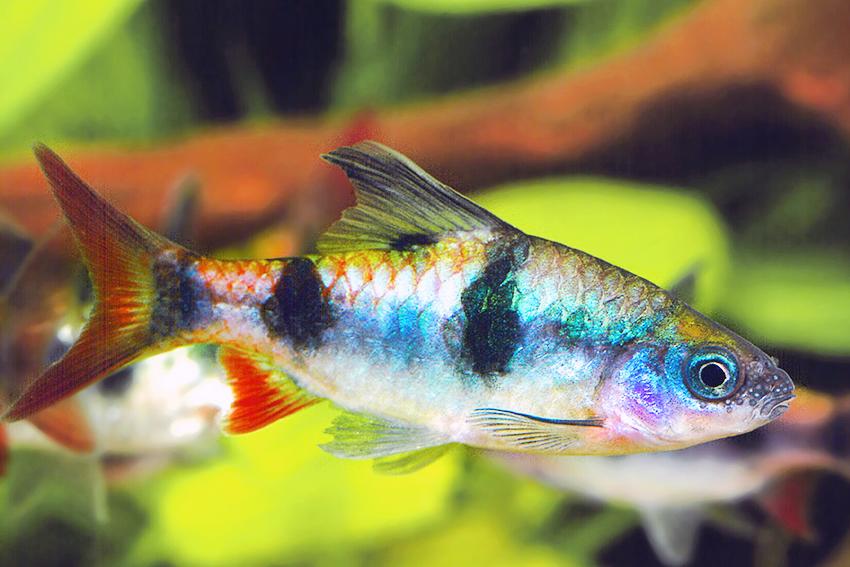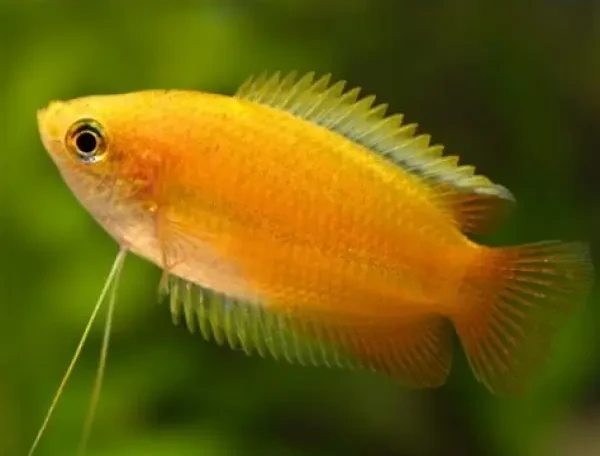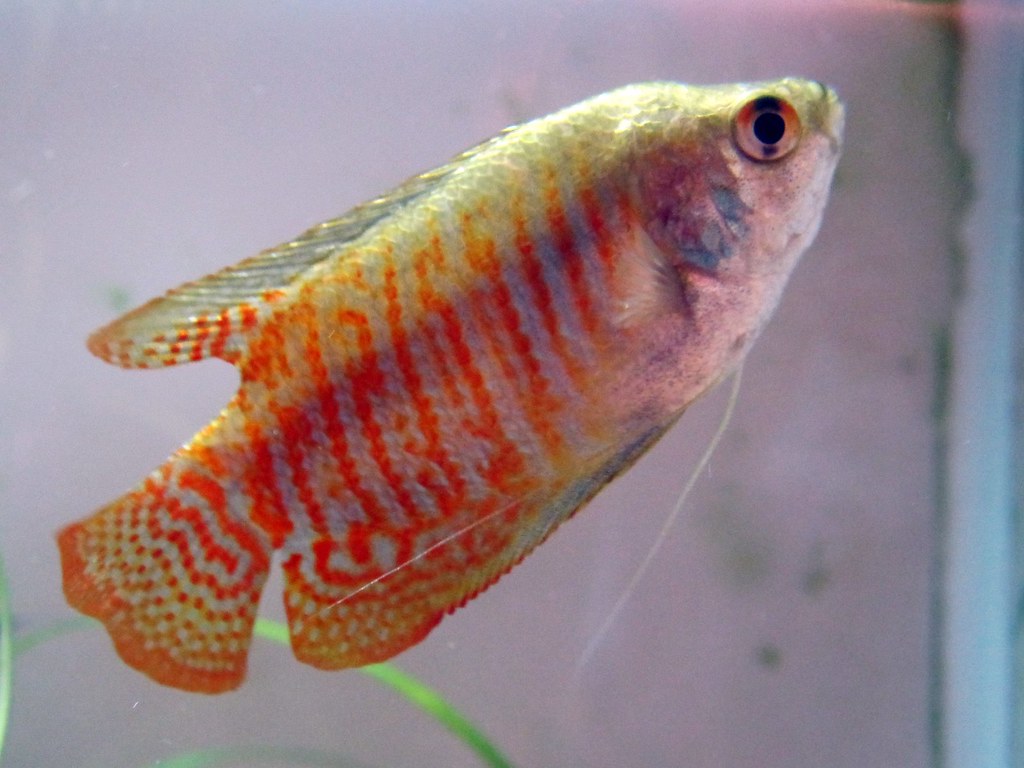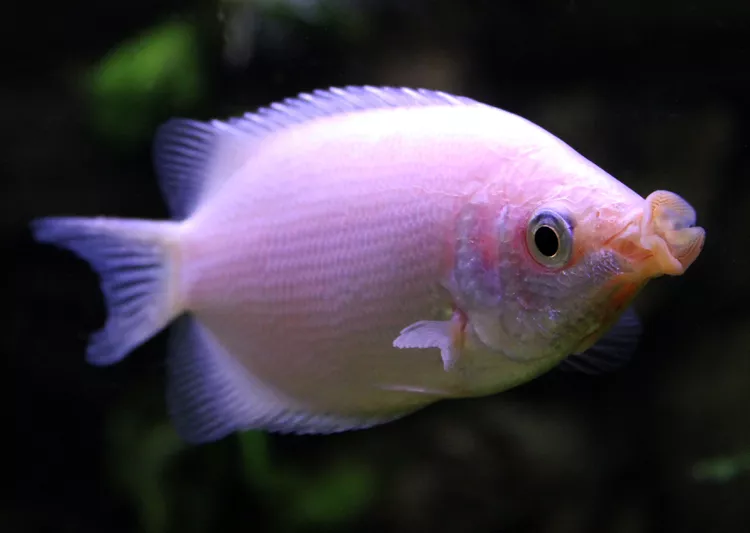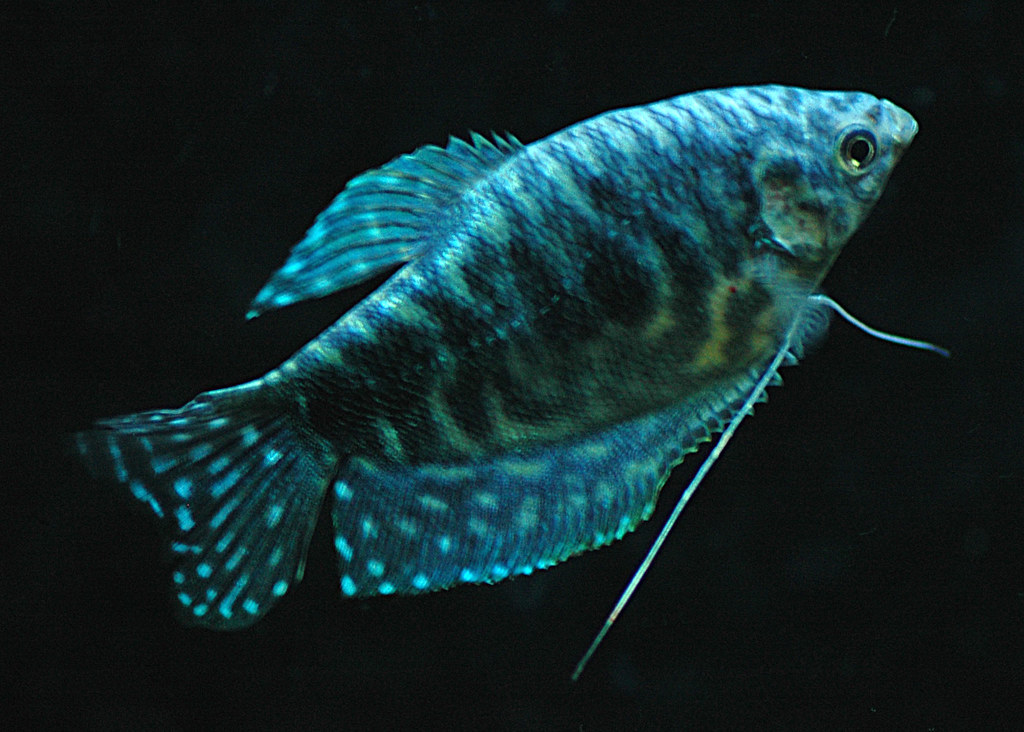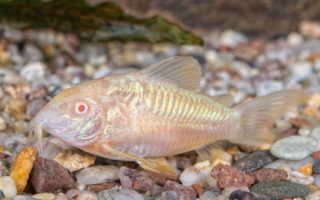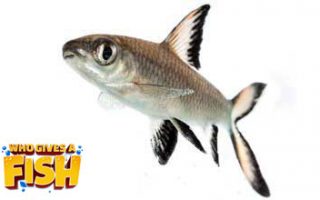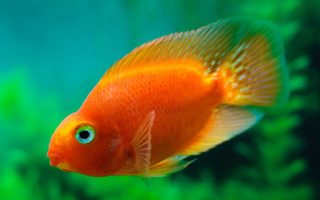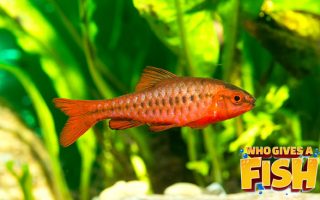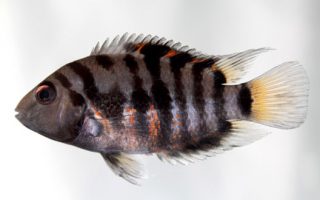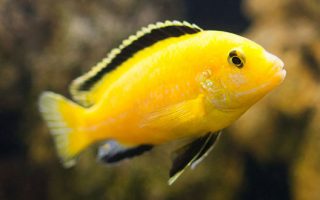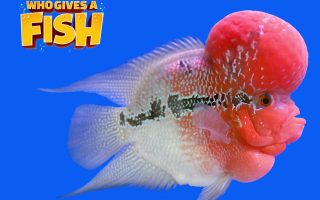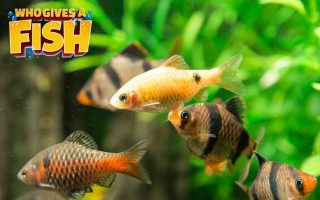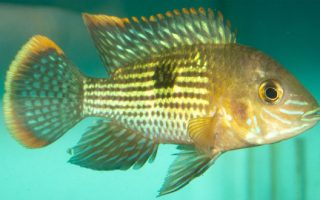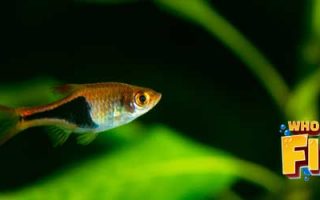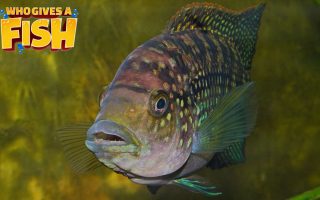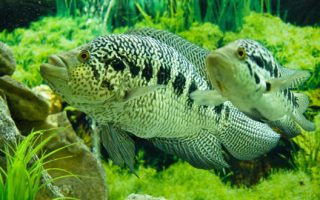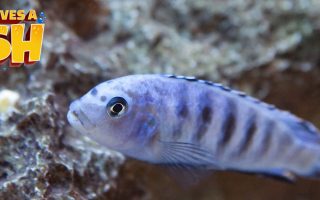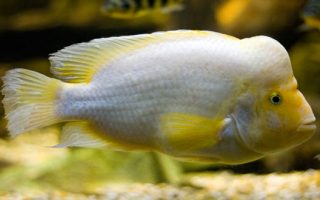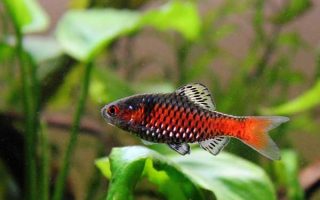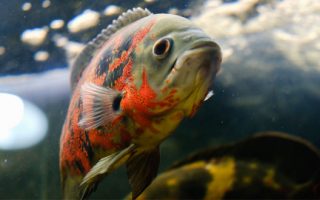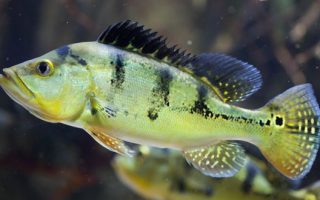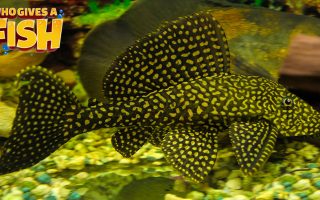Freshwater Fish
Search or browse for a freshwater fish, or get in touch with us with your photos and success stories of freshwater fish species. Click any of the species names for a full description and care details.
The rainbow shark, Epalzeorhynchos frenatus, is a favored freshwater fish that is associated to the Cyprinidae family.
The Ram Cichlid, Mikrogeophagus ramirezi, is a popular choice for beginners as it is one of the few Cichlids that are very peaceful. They also stay fairly small and reach a maximum size of approximately 3 inches (7.6 cm).
The Red Tail Shark, Epalzeorhynchus bicolor, belongs to the minnow and carp family Cyprinidae, and is a member of the genus Epalzeorhynchos.
The Rosy barb is a rugged fish and stays fairly small. These two factors, combined with its placid nature and beautiful coloration, has made it a favored aquarium fish.
The Salvini Cichlid, is a stunning Cichlid and is exciting to watch its color changes as it matures. A Central American Cichlid, it can reach a maximum size of 9 inches (22.8 cm).
The Tiger barb is one of many barb species that are generally kept by freshwater aquarists. The Tiger Barb is in the top 10 list of the most commonly imported ornamental fish species.
The Tinfoil barb generally grows rather large, anywhere up to 14 inches in length (35 centimeters) and it is therefore not viable for small aquariums.
The Zebra Danio is a generally friendly and small fish. It is very rugged and able to adapt which makes it an ideal fish for the amateur aquarist.
The Cyphotilapia frontosa, more commonly known as the Frontosa Cichlid, is a striking tropical freshwater fish that has captured the hearts of cichlid enthusiasts.
Renowned for their colorful aesthetics, Kribensis Cichlids, Pelvicachromis kribensis, are highly engaging aquatic residents that add great personality to an aquarium.
Known for its dazzling colors and mild demeanor, a contrast to its cichlid kin, the Sunshine Peacock stirs up the aquarium scene like no other.
The Cobalt Zebra Cichlid, Metriaclima callainos, is a charismatic freshwater specie hailing from Lake Malawi, one of the grandiose Rift lakes in Africa.
Hailing from the Amazon Basin, the Skunk Corydoras, Corydoras arcuatus, has found its way into many an aquarium, making it a popular choice among aquarists.
Sun catfish, Horabagrus Brachysoma, or Günther’s catfish, is a species native to the muddy and lowland areas of rivers and streams in Southeastern India.
The Auratus Cichlid, melanochromis auratus, famously recognized for its stunning beauty, is a fiercely aggressive species naturally found in the waters of Lake Malawi.
The Fairy Cichlid, Neolamprologus brichardi, is an ethereal, easy-to-breed fish species known for its lyre-shaped fins and tail dotted with white spots.
A catfish devoted to eating algae, and sometimes referred to as dwarf suckers or otos, Otocinclus are the shy, peaceful catfish who happen to have a penchant for feasting on algae.
These fish are captivated by the exploratory experience of their substrates and are distinctly recognizable with their resemblance to the beloved pandas of China.
This vibrant and enchanting fish species with its long barbels or ‘whiskers’ adds an element of intrigue to your aquarium setting.
The Pygmy Cory, Corydoras pygmaeus, is one of the three marshalled dwarf catfish species utilized in fishkeeping.
The Asian Stone Catfish, Hara jerdoni, also known as the Dwarf Stone Catfish, is a small freshwater fish native to the slow-moving waters of India and Bangladesh.
Bronze Corydoras, corydoras aeneus, are amongst the best-loved bottom dwellers that you can introduce to your community aquarium.
Resembling a pocket-sized marine shark, the enticing figure of the Columbian Shark, Ariopsis seemanni, or Tete Sea catfish, is often mislabeled.
Belonging to a famous group of aquarium fish, the Longnose Twig Catfish – Farlowella acus, or Farlowella, is known for its unique ability to blend in with its environment.
The Giant Danio – Devario aequipinnatus, is a member of the Cyprinidae family and is a perfect addition to an aquarium full of large fish such as Cichlids.
The Pearl Danio – Danio albolineatus, is a stunning, vibrant fish that rookie aquarists will find fitting for their setup.
A popular freshwater fish, the Siamese algae eater – crossocheilus oblongus, is a household name for its knack for consuming algae.
Boasting an appealing look, these fish are simple to look after and do not necessitate extensive equipment for upkeep.
The breathtaking allure of the Celestial Pearl Danio – Danio margaritatus, also familiar as Galaxy Rasbora, swept across the internet over a decade ago through a single photograph.
Though lacking the vibrant colors of other fish, the Chinese Algae Eater – Gyrinocheilus aymonieri, is a hardworking addition to an aquarist’s collection.
Denison Barb – Sahyadria denisonii, or Denison’s barb, is also known by other names such as Miss Kerala, Red-Line Torpedo Barb, or Roseline Shark.
Lively with a distinctive glimmer, the Dwarf Rasbora – Boraras maculatus is an ideal selection for novice fish enthusiasts interested in maintaining smaller aquariums.
Popularly known as Paradise fish – Macropodus opercularis, this species is notably gorgeous, but their popularity among aquatic hobbyists has seen a significant decline over the years.
Highly prized for their visually appealing presence, Pearl Gouramis, also known as lace gouramis, are not only striking to behold but also notably simple to tend to within confinement.
Adorned with radiant scales and a range of unique physical traits, this serene and robust tropical fish is highly sought-after among both beginner and experienced fish keepers.
Although the Arulius barb may not be as vibrant as its counterparts, it boasts an appealing appearance and sturdy nature, making it a primary species in a large, diverse community aquarium.
The Honey Gourami, often referred to as the Honeycomb Gourami or Sunset Gourami, is a beloved tropical freshwater fish, celebrated for its vibrant orange hue and gentle demeanor.
Dwarf Gourami – Colisa Lalia, or Flame Gouramis, are a petite, brilliantly hued fish that delight aquarium enthusiasts with their luminous colored bodies.
Primarily loved for its unique appearance, the Kissing Gourami, also known to many as the kissing fish, boasts of memorable thick lips and a distinctive pink coloration.
The splendid and adaptable Opaline Gourami – Trichopodus trichopterus, also referred to as three spot gourami, is a remarkable selection for your home aquarium.
The Albino Corydoras Catfish is a very hardy fish that is often recommended to beginners looking for something a little different.
The Bala shark (Balantiocheilus melanopterus) is a very popular fish among tropical fish enthusiasts which is also known as the Silver Bala, and Silver Shark.
The Blood Parrot Cichlid is a unique looking Cichlid that has been developed through hybrid breeding within the hobby. They are not found in the wild.
The Cherry Barb has an elongated and torpedo shaped body with forked caudal fin. Dorsal side of the body is fawn colored with a slight greenish sheen. Sides of the body and belly have gleaming silver highlights.
The Convict Cichlid, Amatitlania nigrofasciata, is a great Cichlid for any experience level aquarist, and is a hardy fish but with a rambunctious temperament.
Also known as the Electric Blue Hap, Sciaenochromis fryeri, the Electric Blue Cichlid is a commonly seen fish in the hobby. This is due to its beautiful blue coloration, especially when fed correctly, and its hardiness.
The Electric Yellow Cichlid, Labidochromis caeruleus, is often seen in most local fish stores and Cichlid keepers aquariums. Also known as the Yellow Lab or Electric Yellow Lab, this is a very hardy Cichlid with a great personality.
The Flowerhorn Cichlid is one of the most odd looking, yet prized Cichlids in the hobby. Various coloration is found throughout the world and the amount of hybrids internationally is staggering.
The Firemouth Cichlid, Thorichthys meeki, is one of the hobbies favorite Cichlids. It’s gorgeous coloration and hardiness are two of the main reasons this fish is so popular.
The Gold Barb is an extremely favoured freshwater aquarium fish for novice aquarists due to their rugged and tough body. It is also known as Goldfinned Barb, Chinese Barb, Golden Barb, Half-Banded Barb, Schuberti Barb and Sachsi Barb.
The Green Terror Cichlid, Andinoacara rivulatus, is a popular addition to Cichlid community tanks. While their primary colors are green and silver, they can also display colors such as reds, purples, pinks and blues.
The Harlequin Rasbora, Trigonostigma heteromorpha, is a prominent aquarium fish that belongs to the Cyprinidae family.
The Jack Dempsey Cichlid, originates from South America and can grow up to 10 in. (25 cm). It’s coloration can take 12 to 18 months to develop and with the proper diet, is a wonderful looking Cichlid.
The Jaguar Cichlid, Parachromis managuensis, is considered an experienced aquarists fish as it is hard to keep. While water parameters are not difficult to maintain for this species, their aggression is.
The Kenyi Cichlid, Maylandia lombardoi, is a wonderful, bright blue Cichlid that displays vetical bars across its body and males will change to a bright orange color when maturing.
The Midas Cichlid, Amphilophus citrinellus, can grow up to 14 inches, and is an aggressive predatory fish. The Midas is bred in captivity and there are many different colors available.
The Odessa barb is an alluring aquarium fish, but not as widely known as its famous barb relatives such as the Rosy barb and the Cherry barb.
The Oscar Cichlid is a large and very popular Cichlid in the freshwater fish keeping hobby. A South American Cichlid, the Oscar can grow over a foot long!
The Peacock Cichlid, Cichla ocellaris, is a very large fish, best suited towards a big display tank. They generally display colors of greens, yellows and whites.
Better known as the Pleco, Hypostomus plecostomus, is one of the most common fish found in the freshwater fishkeeping hobby. The Plecostomus is often added to an aquarium as a clean up fish.


